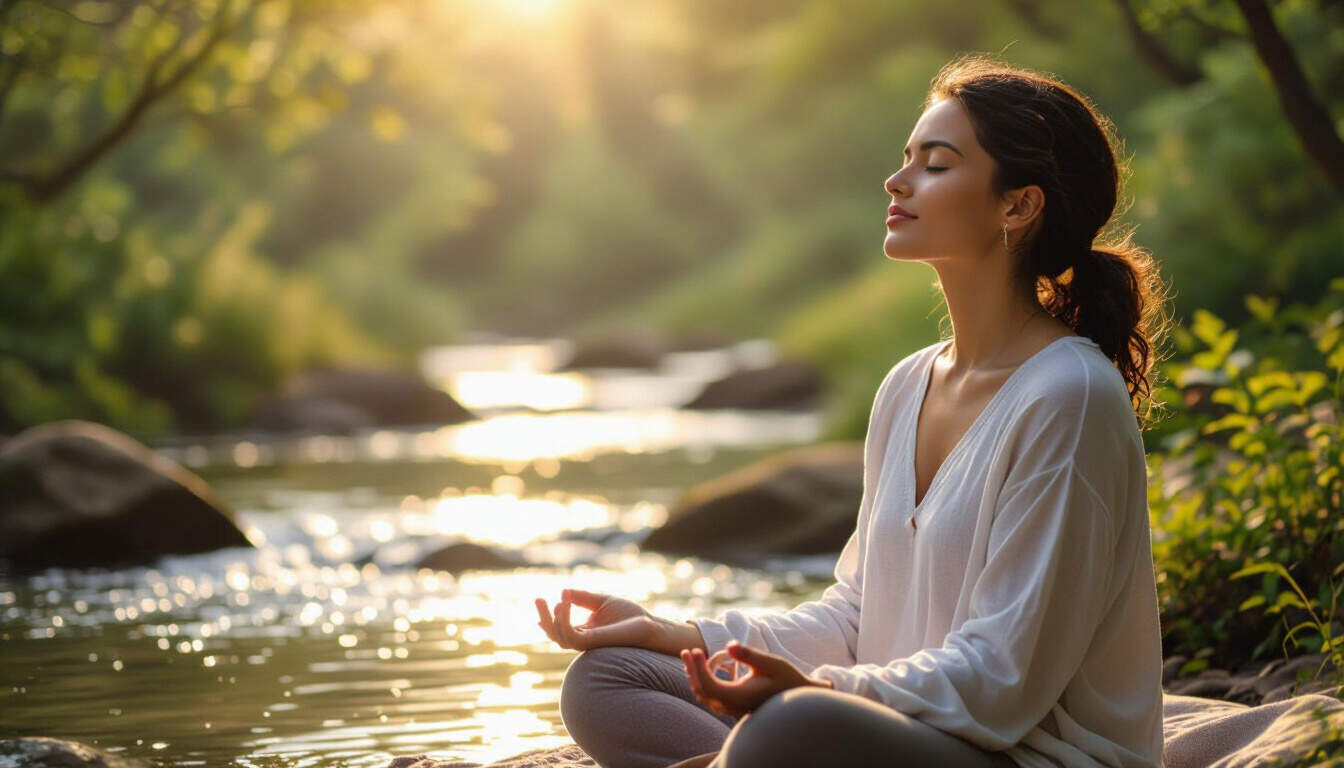Breathing Exercises for Achieving Relaxation
 by Marlene Keeling
by Marlene Keeling
Discover how simple breathing exercises can promote relaxation and enhance mental clarity. This guide offers practical techniques to reduce stress and support personal growth, making it ideal for busy individuals seeking balance in daily life. Learn to integrate these methods easily into your routine.

Breathing exercises offer a straightforward way to foster relaxation in everyday life. These practices help individuals find calm amid daily pressures. For instance, deep breathing can soothe the mind and body, leading to greater ease.
In the content of personal development, breathing exercises play a key role. They allow people to pause and refocus, which supports overall well-being. One effective method is the 4-7-8 technique, where you inhale for four seconds, hold for seven, and exhale for eight. This approach aids in quieting racing thoughts and promoting a sense of peace.
Many busy professionals turn to such exercises to manage stress. By incorporating breathing exercises into short breaks, they can maintain focus throughout the day. Students also benefit, using these techniques during study sessions to clear mental fog and improve concentration.
The process begins with finding a comfortable position. Sit or lie down in a quiet space, then close your eyes to enhance the experience. Start by noticing your natural breath, observing how it flows in and out. This awareness builds a foundation for deeper relaxation.
Over time, regular practice leads to noticeable improvements. Individuals report feeling more centered and resilient. For example, after a few weeks, one might experience reduced anxiety levels, contributing to better emotional health.
Consider the role of mindfulness in these exercises. By paying attention to each breath, you cultivate presence, which is essential for personal growth. This attention helps break cycles of worry and fosters a positive mindset.
Here are some simple techniques to try:
- Diaphragmatic breathing: Place one hand on your abdomen and inhale deeply through your nose, feeling your belly rise. Exhale slowly through your mouth. This method strengthens the connection between breath and relaxation.
- Equal breathing: Inhale for a count of four and exhale for the same count. It creates balance and steadiness in the mind.
- Progressive relaxation paired with breath: Tense and release muscle groups while focusing on your breath, enhancing the calming effect.
Each of these methods requires minimal time, making them accessible for anyone. Practicing for just five minutes a day can yield results, encouraging consistency in routines.
Beyond immediate relief, these exercises contribute to long-term benefits. They support mental clarity by reducing mental clutter, allowing for clearer decision-making. In settings like work or school, this clarity translates to improved performance and satisfaction.
It's important to approach these practices with patience. Everyone progresses at their own pace, and small steps lead to significant changes. For those new to this, starting with guided sessions can provide structure and encouragement.
In daily life, integrating breathing into routines is simple. Use it before meetings, during commutes, or at bedtime to unwind. This integration helps build habits that sustain relaxation over time.
Ultimately, the value of these exercises lies in their ability to empower individuals. By prioritizing breath, people can navigate life's challenges with greater ease and positivity. Whether you're seeking stress relief or personal enhancement, relaxation through breath offers a reliable path forward.
To maximize benefits, combine breathing with other supportive activities. For example, pairing it with light walks or journaling can amplify effects. Remember, the goal is steady improvement, not perfection.
As you continue, you'll likely notice a shift in how you respond to stressors. This shift promotes resilience and a more balanced perspective, key elements of ongoing personal development.
